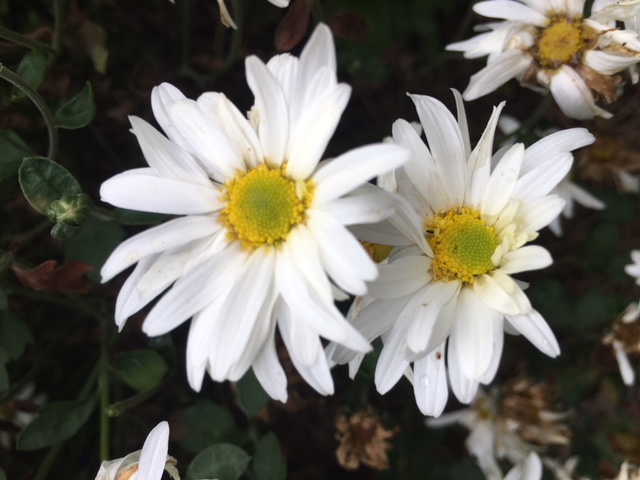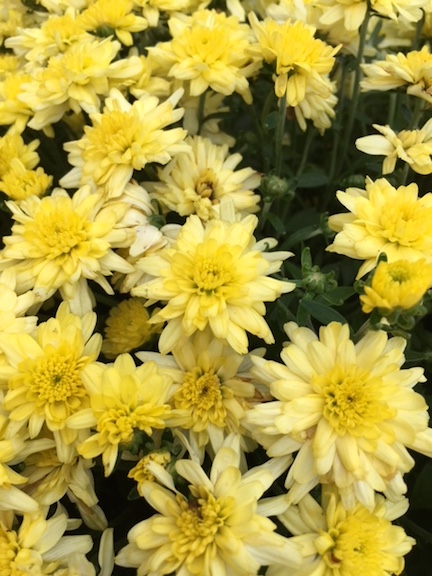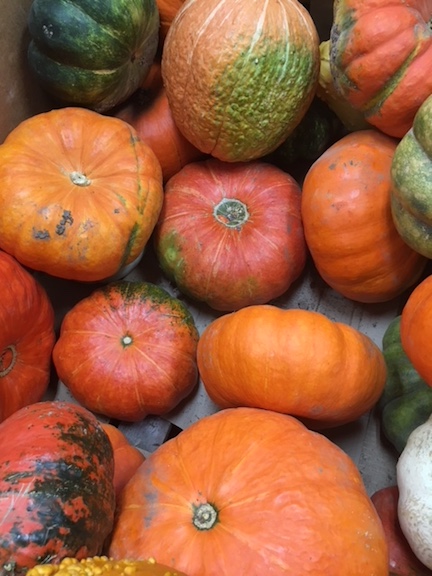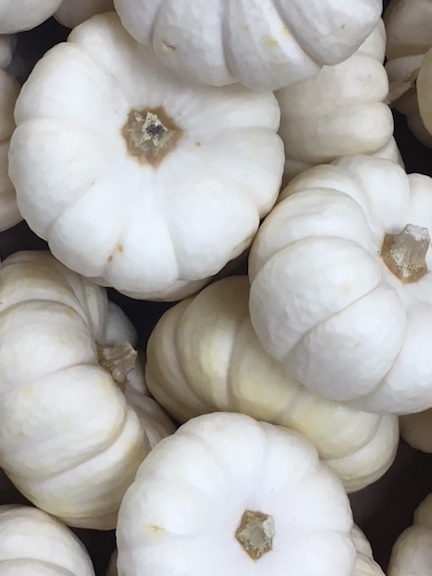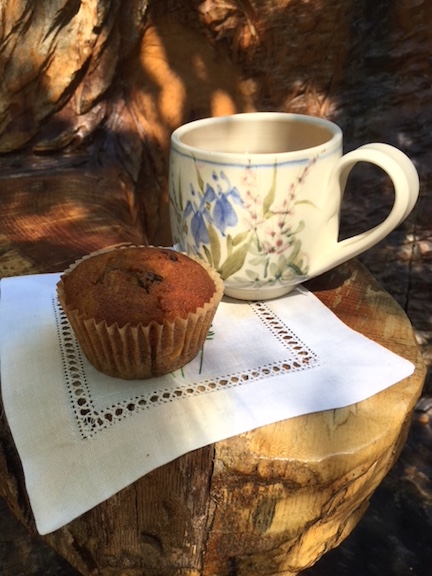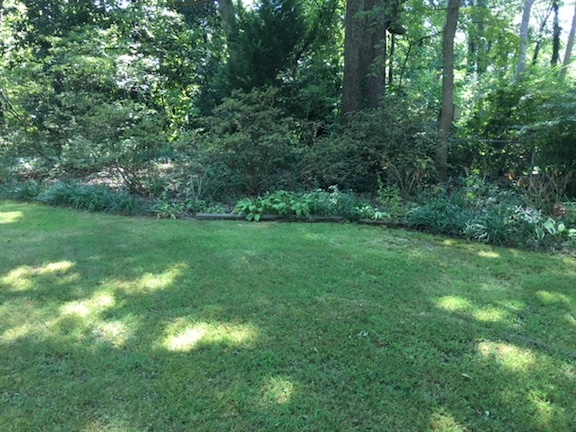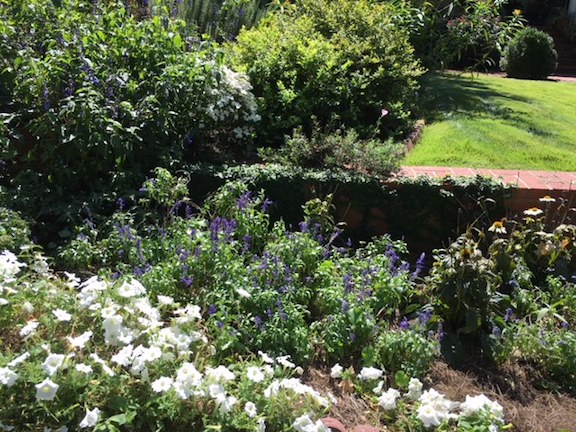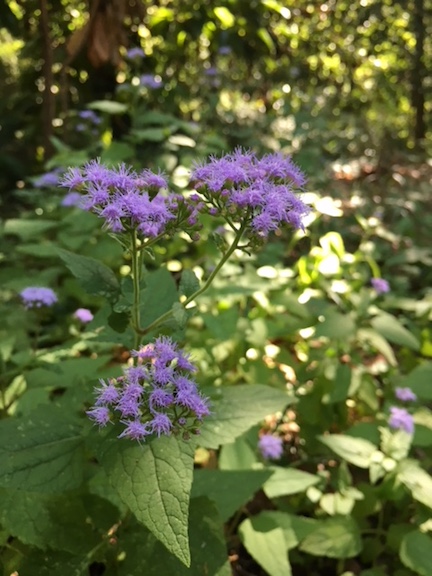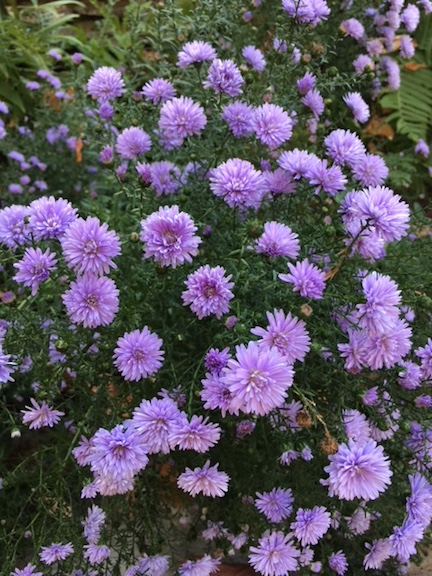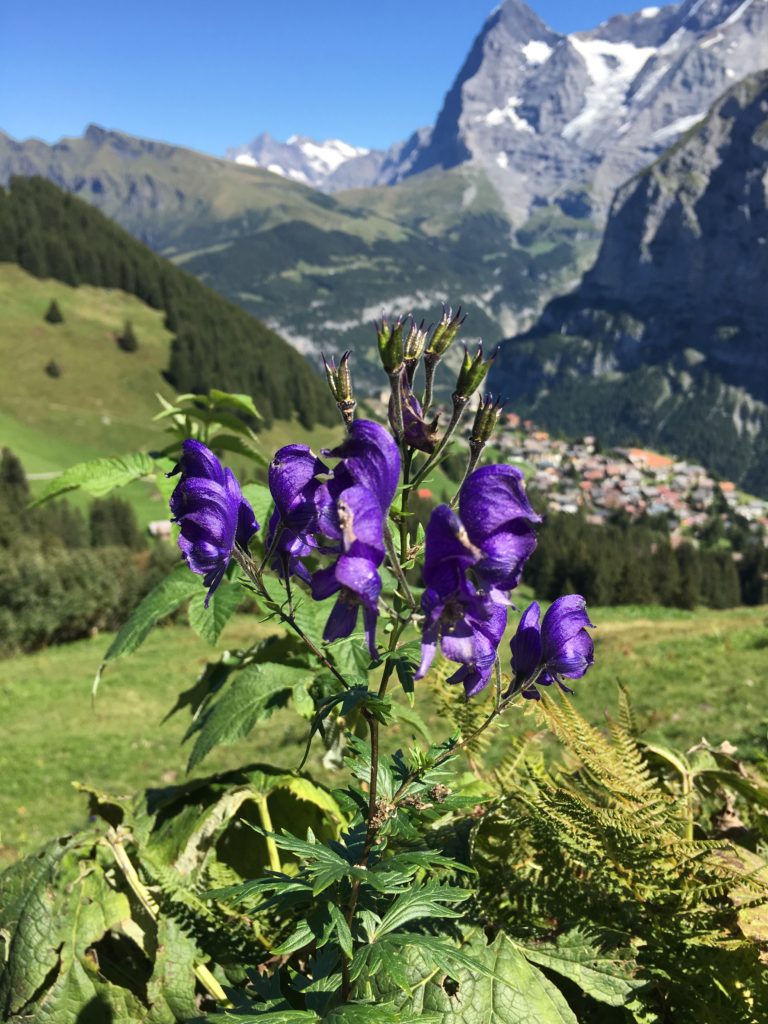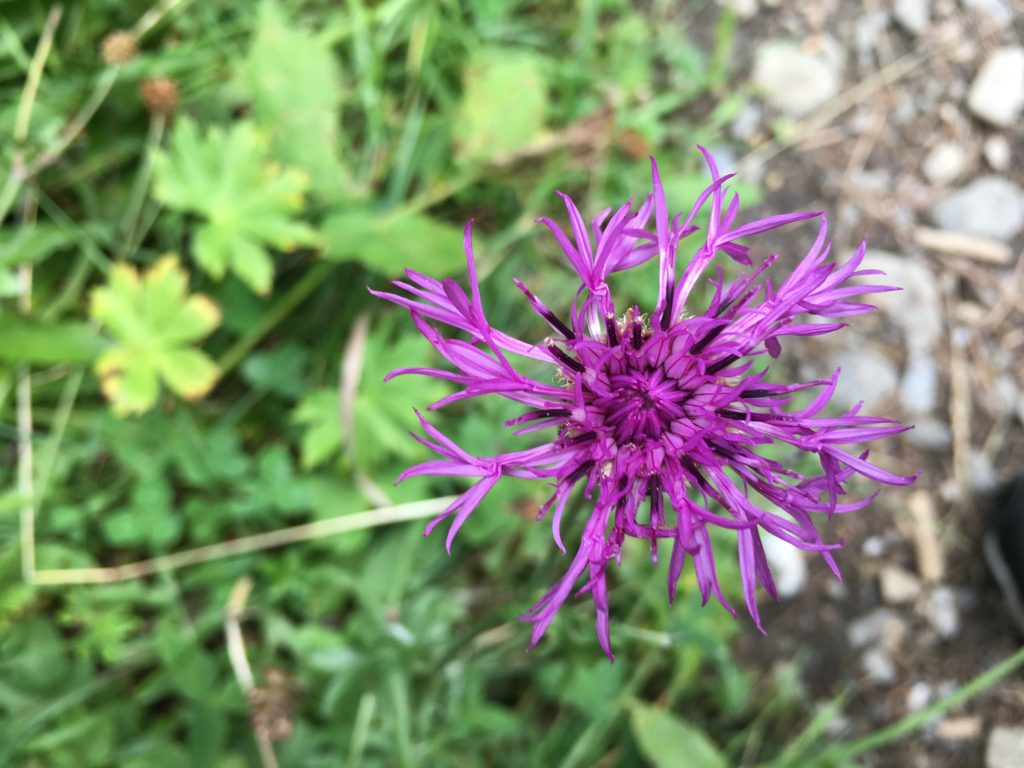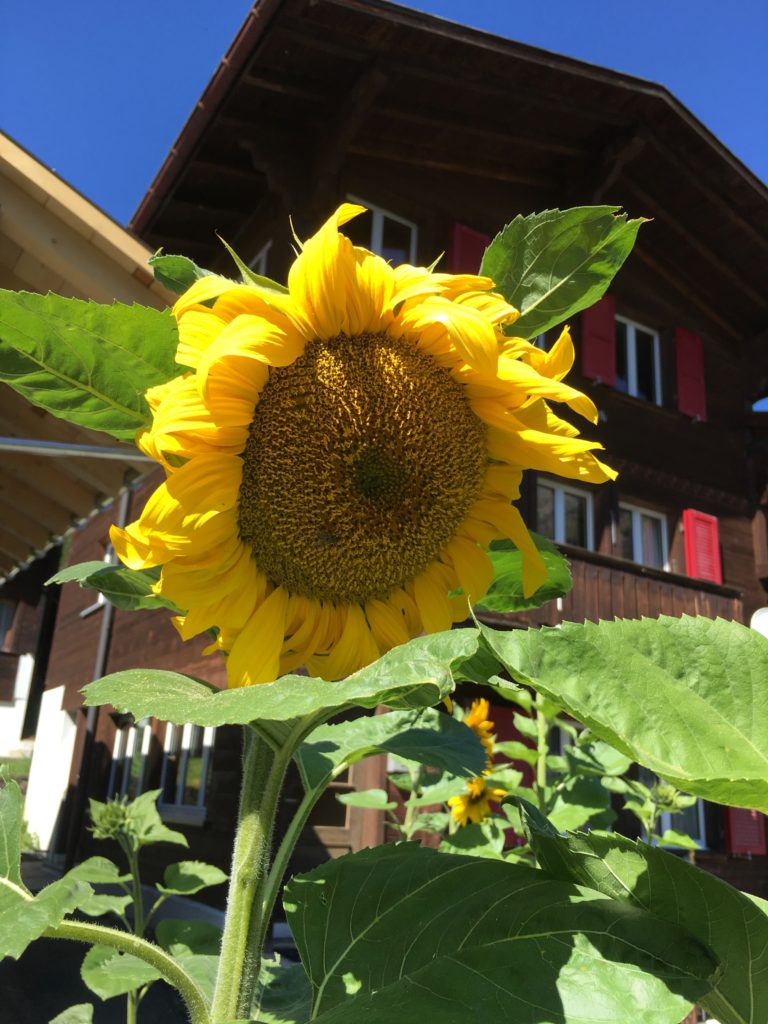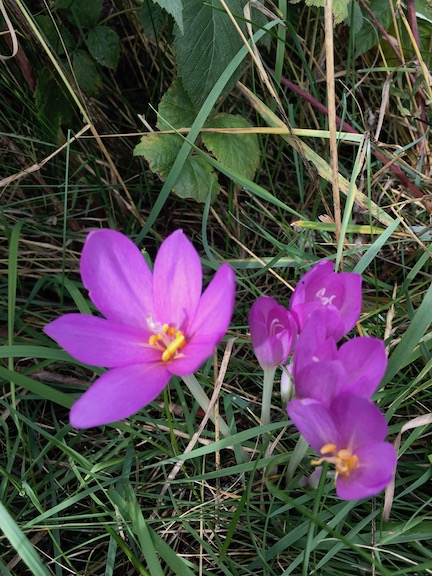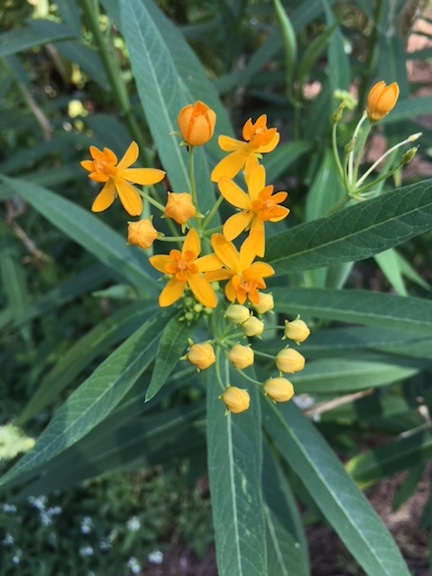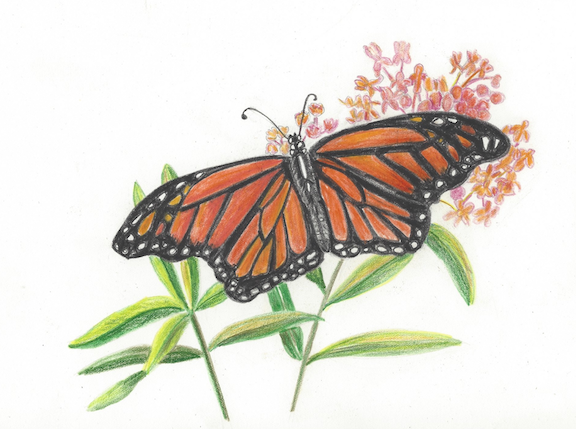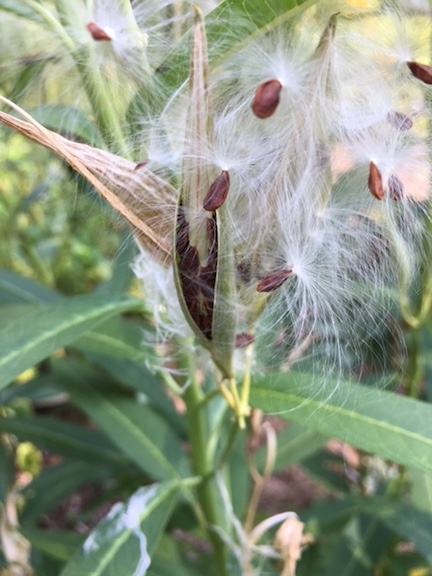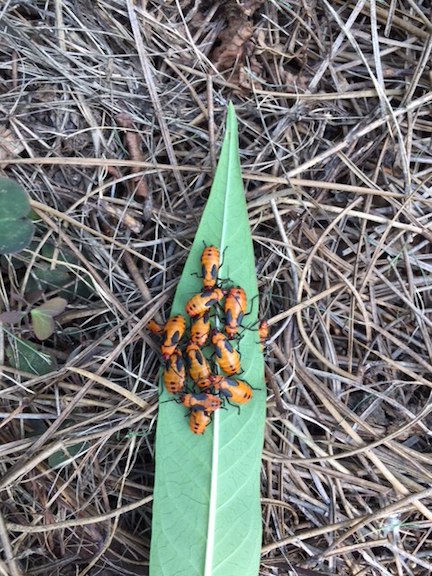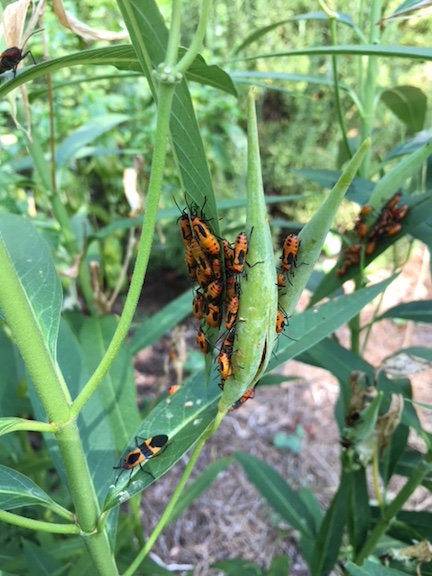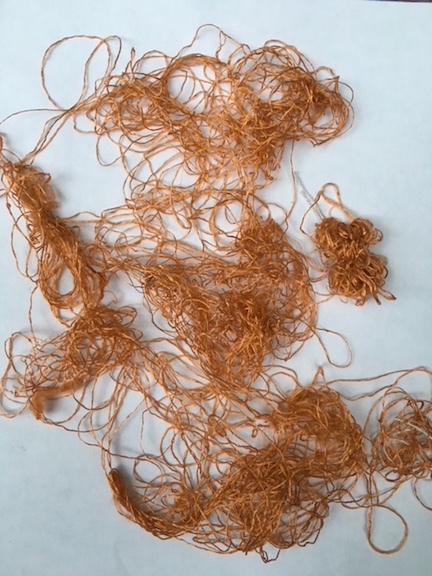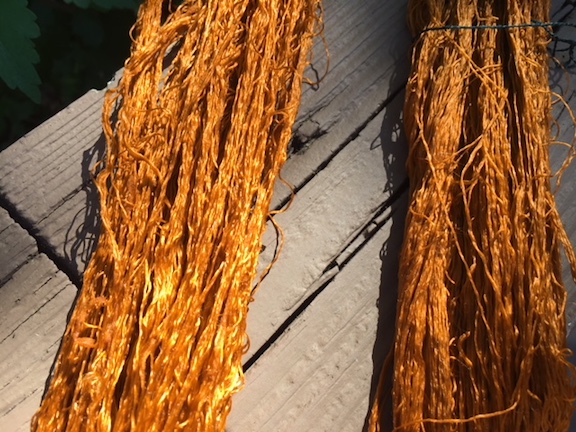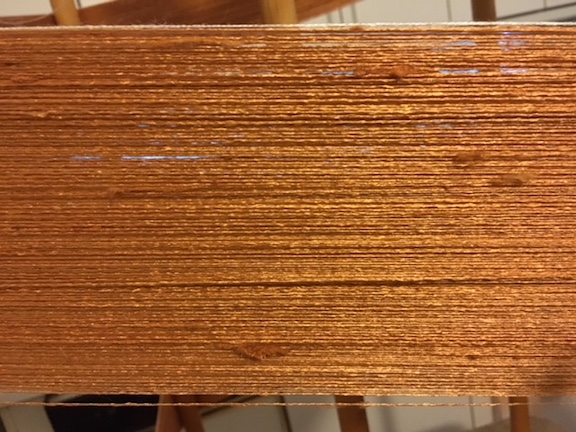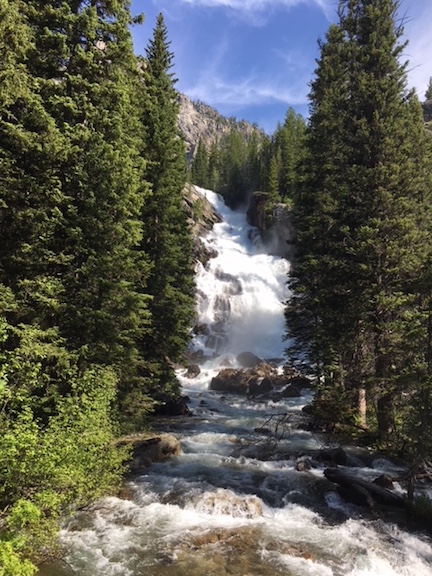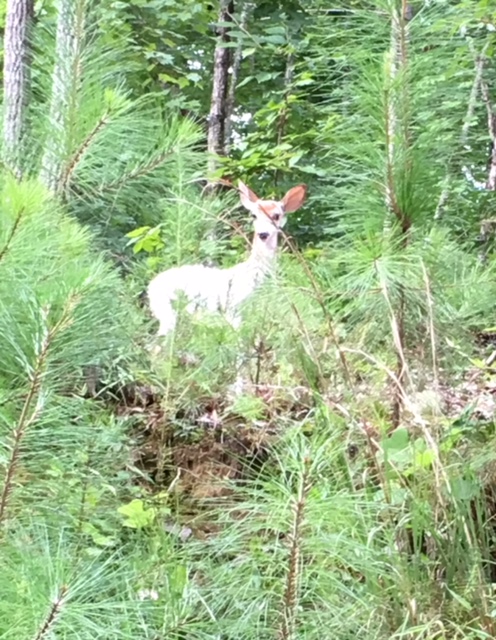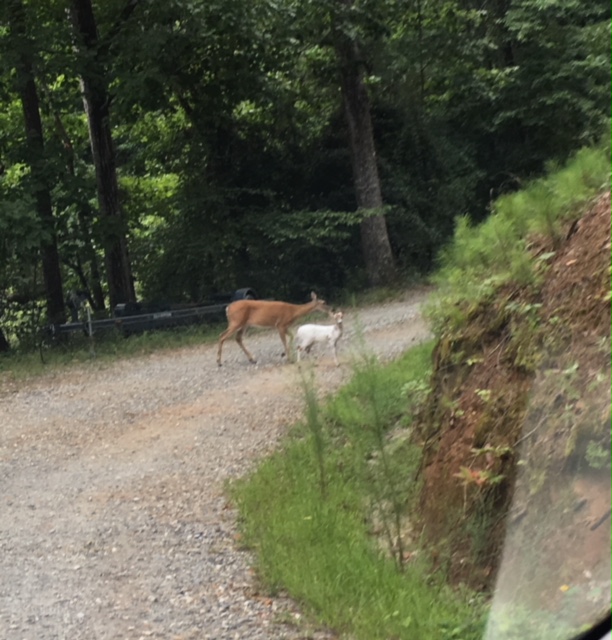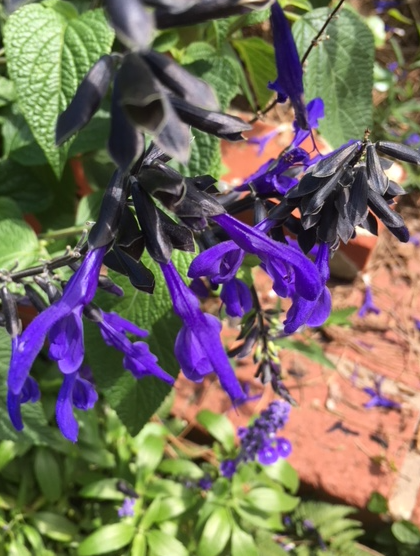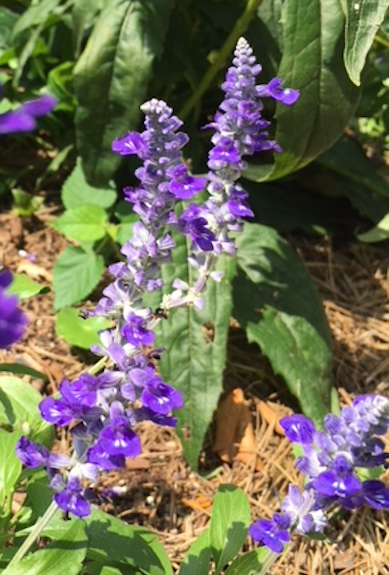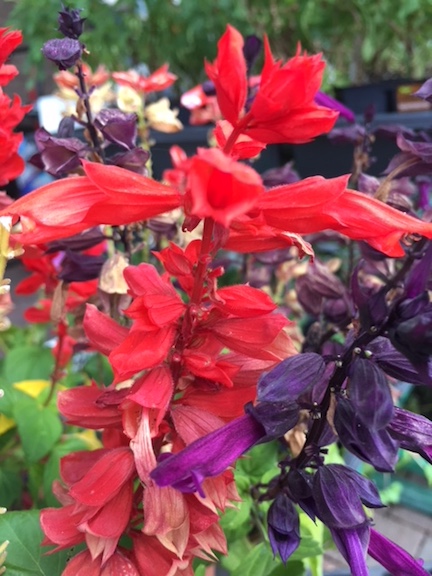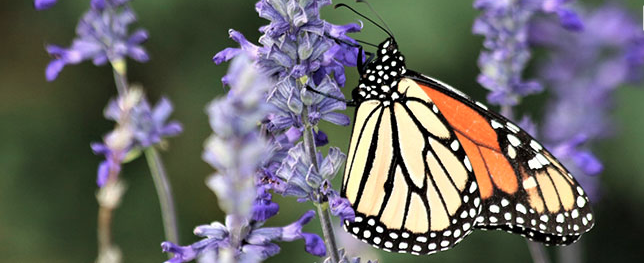Jack and I decided, on the spur of the moment, to go camping in the mountains this past weekend. “Spur of the moment” involved dusting off all the camping gear, making sure we had fuel for the stove, food for us, food for the dog, figuring out where to go and hoping that when we got there, we could find a camp site. But we did! AND it turned out that the camp site was only a half hour walk away from the Appalachian Trail.

It’s always a treat to hike on the AT. Not only is it stunningly beautiful but you also meet some pretty interesting hikers. Jack, being the friendliest man I know, loved chatting with people on the trail, which gave me time to snoop amongst the wildflowers. Peak bloom, even for the fall flowers was long gone, which meant I had to look beyond the bloom to find berries, bark and beautiful leaves. And what treasures I found!
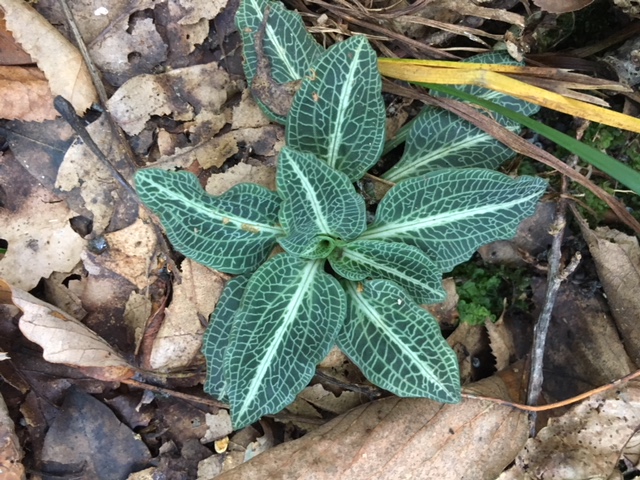
The most interesting was, perhaps, berries from a plant, appropriately enough, called “Dolls Eyes.” The berries look like eyes in an old fashioned China doll. Though interesting and beautiful, I wasn’t tempted to get too close for it is a highly toxic plant. Native Americans used it very sparingly as a pain killer during childbirth, but it’s a plant best left alone. It’s so toxic that ingesting it can cause heart attacks, not something I’d want growing around my grandchildren. Or dog.
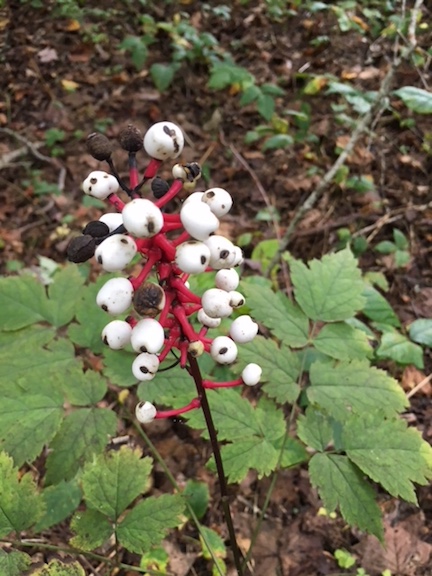
Much more benign were the blue-black berries of Solomon’s seal. Though the spring flowers are small and difficult to see hanging underneath the leaves, the berries are much more conspicuous. If I had dug it up (which I resisted doing, even though I would love to have this growing in my garden) I would have found rhizomes with distinctive leaf scars which some say look like the seal of King Solomon. Native Americans ate the rhizome (which I also resisted doing) and considered it quite tasty. Nearby, I found False Solomon’s seal, whose flowers and bright red berries are found at the end of the stem.

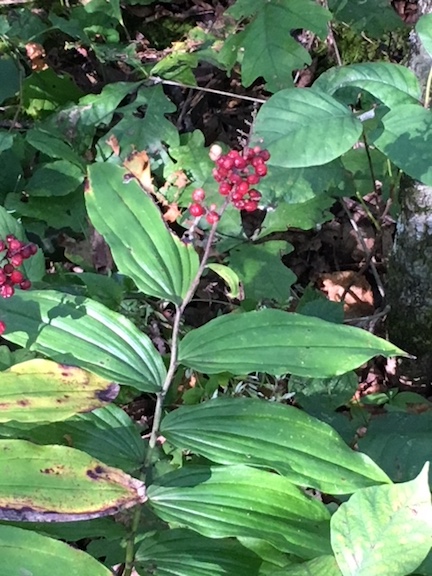
Though Mountain Laurel plants can sometimes grow so close together that it’s impossible to walk through, these were widely spaced with enough room for light to shine through, making it look like a magical forest. The leaves are evergreen but it’s the cinnamon colored, gnarled trunks and branches that lend real beauty to this shrub during fall and winter. If we come back in spring, I suspect that it will be covered with white and pink flowers.

And, I hope we will go back in spring, for every season offers treasures and though I love branches and berries, I look forward to seeing flowers too!



